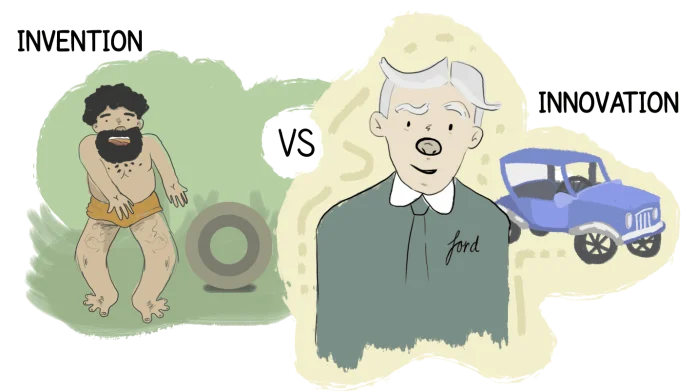Innovation Vs Invention: Understanding the Key Differences
Innovation and invention are crucial concepts driving progress, but they differ significantly. Knowing the difference helps businesses and individuals foster creativity and success effectively.
What Is an Invention?
An invention is the creation of a completely new product, process, or idea. It involves discovering something that never existed before. Inventions often require scientific or technical skills. They mark the initial breakthrough for a new concept or technology. For example, Thomas Edison’s invention of the light bulb created new possibilities.
What is an Innovation?
Innovation is all about taking ideas, products, or processes and making them better for real-world use. Instead of just inventing something entirely new, it’s about enhancing what’s already out there and adding value to those existing solutions. This process blends creativity with skills in marketing, technology, and strategy. A great example of this is how Apple has improved smartphones over the years.
Innovation vs. Invention: Key Differences
| Aspect | Invention | Innovation |
|---|---|---|
| Definition | Creation of something entirely new | Practical application or improvement of ideas |
| Focus | Originality and novelty | Value addition and usability |
| Skillset Required | Primarily scientific and technical skills | Cross-functional skills including business |
| Scope | Single new product or process | Broad, includes improvements and new methods |
| Impact | Creates new industries or technologies | Drives market success and user adoption |
| Example | First light bulb | Smartphone enhancements |
Why Both Matter?
Inventions ignite our creativity and open up a world of new possibilities. Innovations take those inventions and turn them into practical products and services that we can use. Both play a crucial role in driving economic growth and advancing technology. For businesses to remain competitive, they need to strike a balance between invention and innovation.
How to Foster Innovation and Invention:
- Encourage a culture of creative thinking and experimentation.
- Invest in research and development to uncover groundbreaking ideas.
- Turn inventions into products that are ready for the market.
- Collaborate across different teams to gain diverse perspectives.
- Keep customer needs and usability at the forefront of innovation.
Conclusion:
Invention and innovation, while distinct, are deeply interconnected. Inventions bring forth new ideas, and innovations breathe life into those ideas, adding real-world value. By understanding the differences between the two, we can develop better strategies for achieving success and fostering growth.

